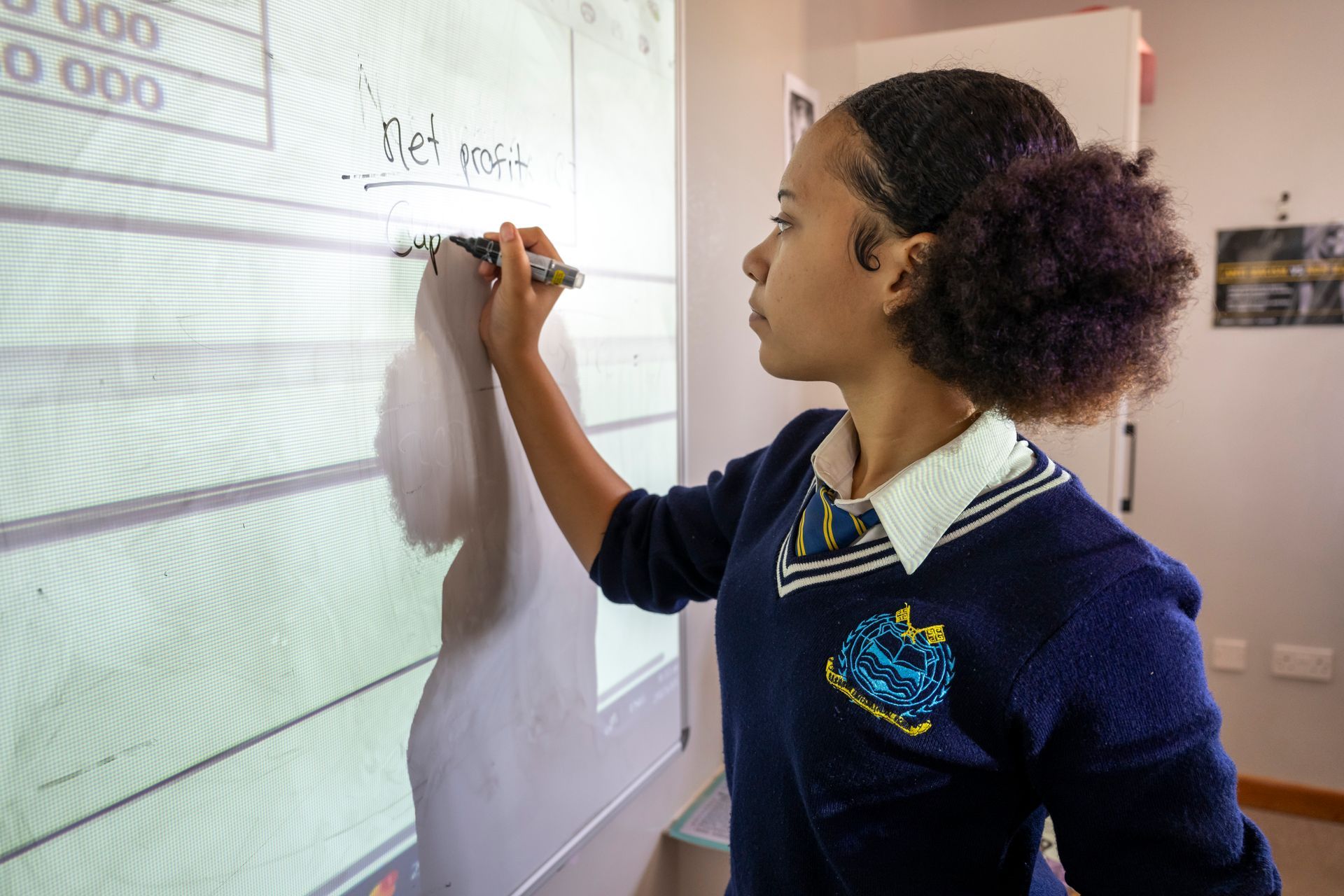The Role of Emotional Intelligence in Early Education

Emotional intelligence (EI) is a vital component of effective teaching and child development. Defined as the ability to understand and manage one’s own emotions while empathizing with others (Salovey & Mayer, 1990). EI fosters positive outcomes for preschool-aged children, including enhanced social skills and problem-solving abilities.
Children with strong emotional intelligence navigate social situations more effectively, leading to healthier relationships and key skills like cooperation and communication. Therefore, early educators are encouraged to integrate EI into their curricula, helping children gain academic knowledge and essential emotional skills.
By promoting emotion recognition, self-regulation, and empathy, educators can lay a solid foundation for future success. Prioritizing emotional intelligence in early childhood education is essential for holistic development and effective teaching.
Understanding Emotional Intelligence
Several key components of emotional intelligence contribute to a child’s social and cognitive development:
- Self-awareness: This involves understanding one’s own emotions and their influence on behavior.
- Self-regulation: The ability to manage emotions constructively and adapt to different situations. For example, children with high EI can transition between activities more smoothly, using techniques like deep breathing to calm themselves during challenging transitions such as ending playtime.
- Motivation: This entails utilizing emotions to foster positive behaviors and to achieve goals. Children with high EI tend to be more focused and resilient, viewing failures as a learning curve.
- Empathy The capacity to recognize and understand the emotions of others. For instance, a child may comfort a distressed classmate by sharing their belongings or offering support.
- Social Skills The ability to build and maintain healthy relationships through effective communication. Children with high EI understand social cues, such as body language and facial expressions, enabling them to connect better with peers and educators.
When these aspects of EI are nurtured in preschool settings, children enhance their interactions with peers, develop resilience, and establish a solid foundation for lifelong emotional well-being.
Benefits of Emotional Intelligence in Early Education
Social Development
One of the most significant benefits of EI for young children is its positive impact on social development. Children with strong EI can better recognize and regulate their emotions, facilitating healthier social interactions. They are more likely to demonstrate kindness, cooperation, and effective conflict-resolution skills, essential for building positive relationships.
Academic Performance
There is a correlation between emotional development in early childhood and higher academic performance. Children with high EI typically exhibit greater focus, persistence, and adaptability in various learning environments. They manage stress and frustration more effectively, tackle problems with confidence, and perform well across multiple subjects. Techniques such as deep breathing and mindfulness help them cope with stress.
Long-term Impact
The benefits of teaching emotional intelligence extend far beyond early education. Children who develop strong EI tend to enjoy better mental health, more successful careers, and fulfilling adult relationships. They demonstrate higher levels of resilience and adaptability, equipping them to navigate life's challenges effectively.
In summary, prioritizing emotional intelligence in early education is critical for fostering the overall development of children, equipping them with essential life skills for future success.
Strategies for Fostering Emotional Intelligence in Education
Curriculum Integration
Integrating emotional intelligence (EI) into the school curriculum can be accomplished through a variety of engaging and thoughtful methods that resonate with students. Some effective approaches include:
- Storytelling
Utilize captivating narratives that delve into complex emotions and foster empathy.
- Creative Expression
Encourage children to express their emotions through different artistic mediums including painting, and drawing. Creating art can help them constructively process their feelings. Additionally, fostering an environment that promotes open discussions about their artwork and emotions. By doing so, you can help them articulate their thoughts and feelings more clearly, enhancing their emotional intelligence and communication skills. Engaging in conversations about their creative expressions not only validates their experiences. It also strengthens the bond between the teacher and the child.
- Role-Playing
Create dynamic role-playing exercises that allow students to practice their emotional regulation and problem-solving skills.
- Group Discussions
Encouraging meaningful group discussions allows children to share and reflect on their emotional experiences, fostering the development of their social interaction skills.
Environment and Culture
Creating a nurturing and supportive school environment is essential for fostering emotional intelligence. A safe and welcoming space enables learners to freely express and validate their emotions. To cultivate such a positive culture, the following should be considered:
- Encouragement: Inspire learners to share their feelings and perspectives to foster a supportive and open environment. Having a classroom culture of trust and respect is essential. It ensures that learners feel safe expressing their feelings without fear of judgment or ridicule.
- Mindfulness Techniques: Incorporate calming relaxation techniques, such as guided meditation and breathing exercises, to empower learners in effectively managing their stress. These practices can foster a supportive learning environment and promote overall well-being.
- Recognition: Make it a priority to regularly recognize, and celebrate learners' expressions of emotional awareness, as it encourages their growth and self-understanding.
Role of Educators and Parents
Educator Training and Practices
Teachers hold a crucial position in nurturing students' emotional intelligence. Schools should invest in comprehensive training focusing on fostering emotional literacy and conflict resolution skills. Effective strategies include:
- Active Listening: Focus on actively listening when children share their feelings, as this helps create a supportive and understanding environment.
- Problem-Solving Encouragement: Guide learners through constructive conflict resolution processes, equipping them with the tools to navigate disagreements effectively.
- Self-Regulation Techniques: Teach learners practical methods, such as mindfulness and breathing exercises, to help them manage their emotions.
- Parental Involvement: Parents should model healthy emotional expression, teach coping mechanisms, praise and validate positive emotional behaviors, and participate in team-based activities where children can practice empathy and cooperation.
Challenges and Considerations
- Diverse Emotional Needs: Every child has unique emotional needs shaped by their background and personality. Schools and educators should adopt flexible approaches to support various levels of emotional development. For instance, smaller, quieter group settings can benefit children who feel overwhelmed in larger classrooms.
- Limited Support and Resources: Limited resources can create challenges for implementing emotional development programs. Schools can address this by partnering with psychologists, training teachers, organizing workshops for parents, and integrating emotional intelligence into the curriculum.
Conclusion
Emotional intelligence is fundamental to children's social skills, academic success, and overall well-being. By thoughtfully integrating emotional intelligence into preschool education, we prepare learners for a brighter future, equipping them with the skills necessary to become confident, compassionate individuals. At Gaborone International School, we deeply prioritize emotional intelligence, understanding that this investment shapes the intelligent leaders of tomorrow.



